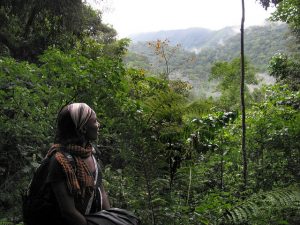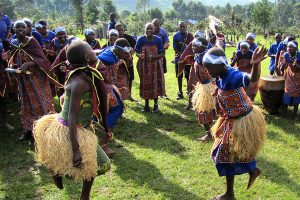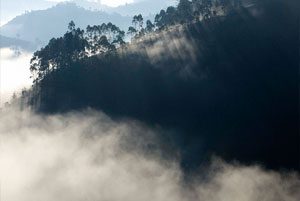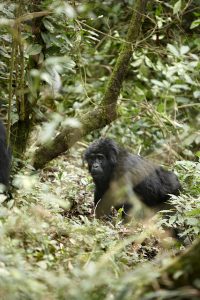 Practical Information
Practical Information
Getting Here: Roads in this region are extremely poor, especially during bad weather. The drive from Kampala via Mbarara takes six to eight hours, from Queen Elizabeth National Park two to three hours, and from Kabale in the south it is roughly two to three hours.
Climate: Bwindi ranges from around 1,160 to 2,600 meters altitude, and is consequently rather cold, especially at night. If possible, visitors should avoid the rainy months of April – May and September – November, though heavy rain can occur at any time.
Entrance fees:
Contact Uganda Wildife Authority (UWA) for more information about entrance fees and multi-day passes. Please notes that rates are subject to change.
Email: uwa@uwa.or.ug
Phone: +256 41 355-000
Web: www.ugandawildlife.org
UWA Tariffs 2020/ 2022: View here

 Bwindi Impenetrable
Bwindi Impenetrable What To Do
What To Do Wildlife
Wildlife

